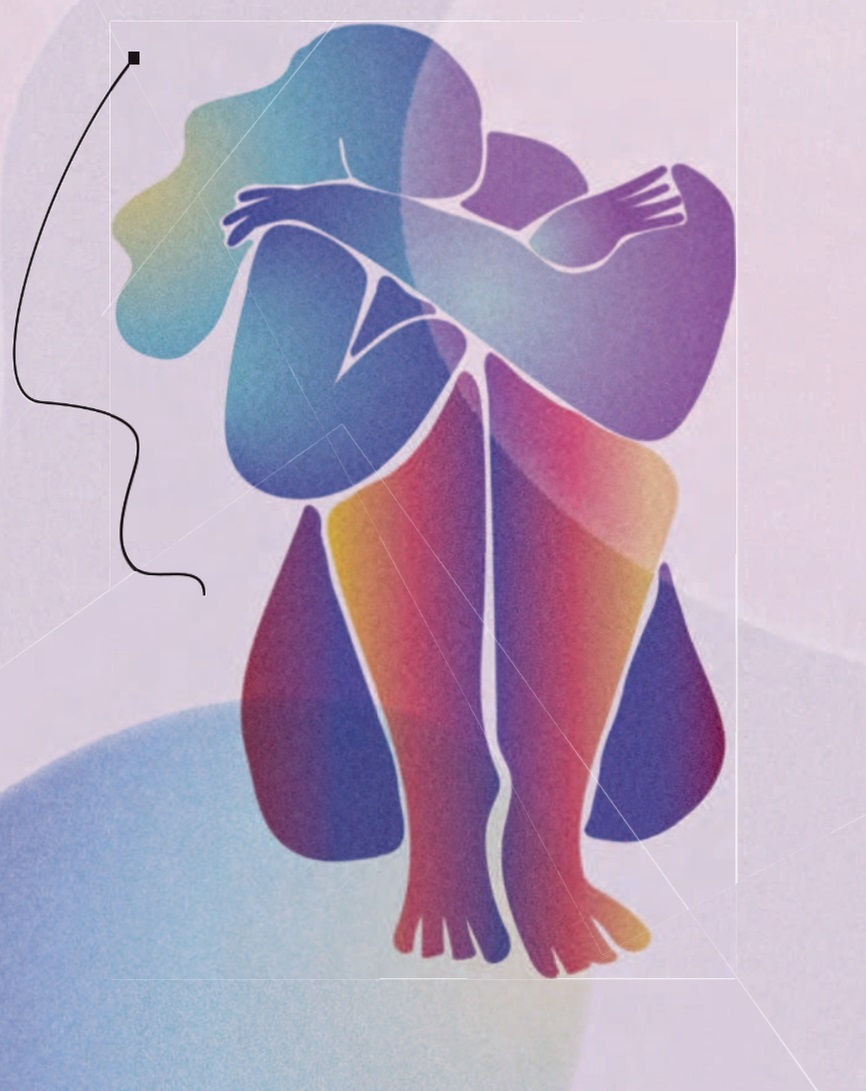Biohacking: Defeating Aging and Death
- rhapsodylegacy
- Nov 6, 2024
- 5 min read
From ancient times, humans have sought ways to extend their lives. In today's technologically advanced world, the old practices of rejuvenating baths with blood, gold elixirs, and scorpion oil have become outdated. Enter biohacking—a modern approach that allows individuals to enhance their performance and potentially reverse biological aging. This article explores what biohacking is, how it differs from healthy habits, and why contemporary medicine often views it with skepticism.
The Concept of Biohacking
The term "biohacking" first appeared in a 1988 Washington Post article titled "Playing God in Your Basement." In it, genetic engineer Brian Seed predicted that children would soon showcase genetically modified sheep in science clubs. While his forecast may have been overly optimistic, he accurately identified the growing trend of biotechnology as a promising field of progress. The ambitions behind biohacking are grand: to push the limits of the human body, conquer aging, and eventually overcome death.Enthusiasts do not wait for corporations or scientific institutions to develop miracle cures; instead, they take matters into their own hands and conduct experiments on themselves. These experiments can range from strict diets and extensive supplement regimens to radical body modifications and even genome editing at home. For instance, Australian performance artist Stelarc surgically grew an additional ear on his left arm, allowing people to connect via Wi-Fi to listen to sounds from his body.Such organ-growing experiments may benefit not only contemporary art but also scientific advancements. Biohackers are involved in creating an artificial pancreas for diabetics that can autonomously inject insulin.

The Rise of the Biohacking Movement
The biohacking movement emerged from small communities and has now expanded globally, including participants in Russia. One of the most well-known biohackers is Bryan Johnson, an American tech entrepreneur who invests heavily in anti-aging research. He has established a biotechnology venture fund and a company that produces brain activity analysis helmets. Johnson follows a strict regimen that includes waking up at 6 AM, taking 111 dietary supplements daily, consuming large amounts of olive oil, and performing specific exercises. He avoids bringing his phone into the bedroom and refrains from eating cookies but uses a collagen-stimulating mask on his face and a cap emitting red light on his scalp. He even attaches a device to his penis while sleeping to monitor nocturnal erections, which he considers a marker of biological age and cardiovascular health. At 46 years old, he claims his skin resembles that of a 28-year-old and his heart functions like that of a 37-year-old—according to his doctors.
A Systematic Yet Potentially Harmful Approach
One central idea behind biohacking is to prevent death from natural causes rather than merely treating illnesses after they arise. This proactive approach aims to combat chronic diseases associated with aging—such as cardiovascular diseases, hypertension, cancer, dementia, and type 2 diabetes. Biohackers view age as a biomarker indicating mortality risk; the likelihood of dying is lowest before age 24. If mortality risk remained constant at age 25, life expectancy could theoretically extend to 5,000 years.However, after age 40, the risk of dying from natural causes begins to rise gradually. Engineer and futurist José Cordeiro asserts that scientific advancements will enable us to predict causes of death and influence cellular aging processes; by 2045, he believes death will become optional. Yet many find this assertion difficult to accept.Biohackers often undergo extensive check-ups and medical interventions to mitigate various mortality risks—full-body MRIs, organ assessments, blood tests, urine analyses—but excessive diagnostics can lead to psychological issues such as heightened anxiety and unnecessary treatments with potential side effects.In 2018, the body of 28-year-old biohacker Aaron Traywick was found in a sensory deprivation tank. Reports suggest he may have lost consciousness due to hallucinogenic substances or self-administered an unverified herpes treatment before drowning.
Methods of Biohacking
Biohacking encompasses a wide range of practices aimed at optimizing physical and mental performance through self-experimentation. Here are some common methods employed by biohackers:
1. Nutritional Interventions
Intermittent Fasting: Many biohackers practice intermittent fasting (IF) as a way to improve metabolic health and enhance cognitive function. This method involves cycling between periods of eating and fasting.
Ketogenic Diet: Some adopt ketogenic diets high in fats and low in carbohydrates to promote fat burning for energy while potentially enhancing mental clarity.
Nutritional Supplements: Biohackers often take various supplements—such as vitamins, minerals, amino acids, and nootropics—to support cognitive function and overall health.
2. Physical Enhancements
Exercise Regimens: Tailored workout programs focusing on strength training, cardiovascular health, or flexibility are common among biohackers.
Cold Exposure: Techniques such as cold showers or ice baths are believed to improve recovery times and boost metabolism.
Sleep Optimization: Many biohackers use sleep tracking devices or apps to monitor sleep quality and implement strategies for better rest.
3. Technological Integration
Wearable Devices: Gadgets like fitness trackers or smartwatches help monitor physical activity levels, heart rate variability (HRV), sleep patterns, and other health metrics.
Neurofeedback: Some individuals engage in neurofeedback training using devices that provide real-time data about brain activity to improve focus or reduce anxiety.
4. Genetic Modifications
DIY Genetic Engineering: Some biohackers experiment with CRISPR technology at home to modify their own genomes or those of organisms.
Microchipping: A few enthusiasts implant RFID chips under their skin for various purposes—such as unlocking doors or storing personal information.
Pros and Cons of Biohacking
Like any approach focused on self-improvement or health optimization, biohacking comes with its advantages and disadvantages:
Pros
Empowerment: Biohacking encourages individuals to take control of their health by experimenting with different methods tailored to their needs.
Personalized Health Strategies: It promotes personalized approaches rather than one-size-fits-all solutions found in traditional medicine.
Potential for Innovation: The movement fosters creativity and innovation in health practices that could lead to breakthroughs in understanding human biology.
Cons
Lack of Regulation: Many practices lack scientific validation or regulatory oversight which can lead to harmful consequences.
Psychological Risks: Excessive focus on self-improvement can lead to anxiety or obsessive behaviors related to health monitoring.
Health Risks: Self-prescribing medications or supplements without proper guidance can result in adverse effects or interactions.
Ethical Concerns: Genetic modifications raise ethical questions about safety and long-term implications for individuals and society.
The Reality of Aging
Despite ambitious claims made by biohackers about defeating aging or extending life indefinitely, it is essential to recognize that aging is an inevitable part of life. Jeanne Calment holds the record for the longest human lifespan at 122 years and 164 days. Born into wealth with the privilege of not needing to work, she lived through three republics in France and was just 14 years old when the Eiffel Tower opened. While she regularly used olive oil on her skin, her lifestyle included smoking cigars and drinking wine—choices not typically associated with longevity.For those who prefer not to rely on extreme measures or biohacker antics but still seek longevity advice backed by science: engage in regular physical activity, ensure adequate sleep, maintain a healthy weight, manage mental health effectively, and avoid harmful habits like smoking. Remarkably, both men and women who reach the age of 90 are more likely to be non-smokers with high socioeconomic status and low cholesterol levels.

Conclusion
Biohacking presents an intriguing yet controversial approach toward extending human life expectancy through self-experimentation and lifestyle modifications. While some practices may offer potential benefits for health optimization, it is essential to approach them with caution due to the risks involved. Ultimately, maintaining healthy habits grounded in scientific evidence remains the most reliable path toward longevity and well-being.
As we navigate this complex landscape of biohacking—where aspirations meet reality—it is crucial for individuals interested in these practices to remain informed about both potential benefits and risks while prioritizing evidence-based approaches for their health journey.



Commentaires